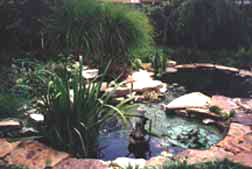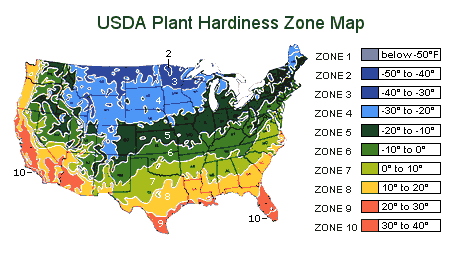 |
|||||||
|
|
|||||||
Selecting a liner The first step in setting up a pond is selecting a liner. The liner protects the pond from water loss and is a barrier between the pond and the ground below it. At Tennessee Water Gardens we use exclusively flexible liners because they are much easier for you or your landscaper to handle and allow you to create a more natural looking pond. A flexible liner can be used in any shape, depth, or configuration. This will allow for a more customized look. No one wants to have the exact same pond as half the people on the same block. Flexible liners can be used to form ledges, shelves and even islands for bog plants. Flexible liners will allow you to add depressions for silt traps as well as deep spots for fish to find shelter in the heat of summer and the cold of winter. Good flexible liners should last more than double their warranty when installed properly. The pond liner should be protected from direct sun rays. All good liners are UV-stabilized; however, they will last much longer if all liner material that is not covered with water is covered and protected with decorative landscaping. For those who want to tackle a rigid pond you will be limited to the design of the manufacturer. Most rigid ponds do not have adequate shelves and are quite shallow. In addition the holes must be excavated exactly to the shape of the rigid liner for best long term use. These ponds are usually not the best buy for the amount of water they hold. The same priced flexible liner will hold much more water. We offer a full range of flexible liners that are the best available. See Solution 2c. |
|||||||
|
|
|||||||
|
|
 |
||||||
|
|
|||||||
|
|||||||
